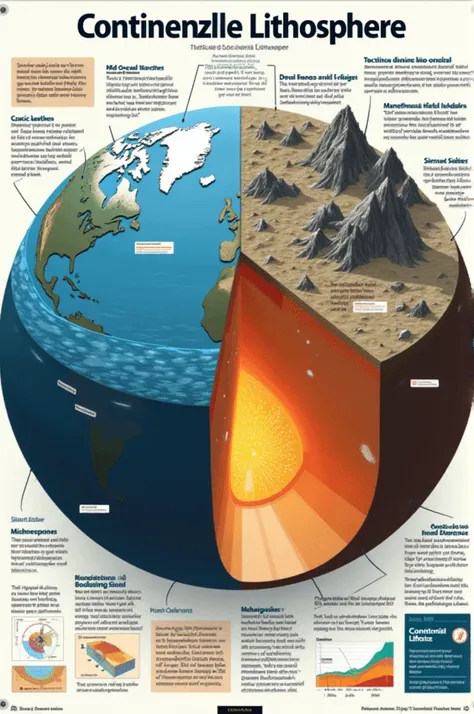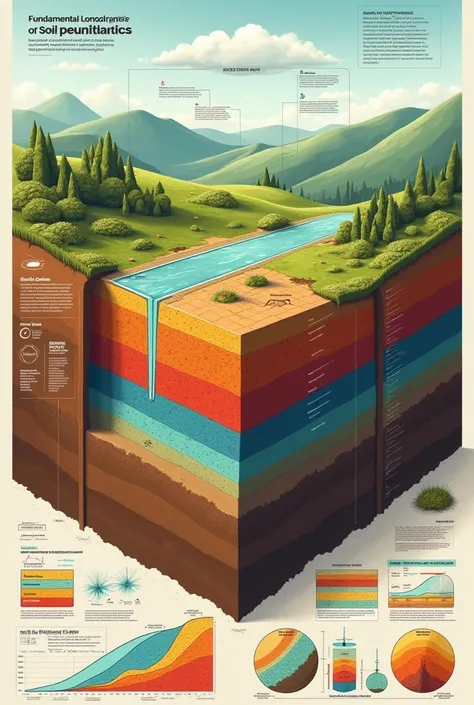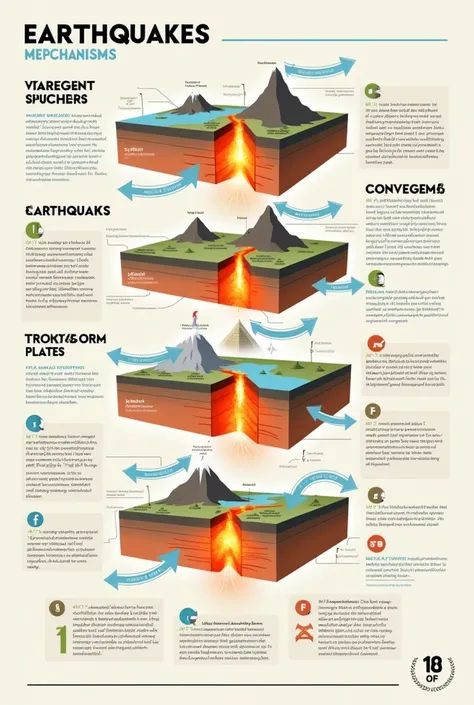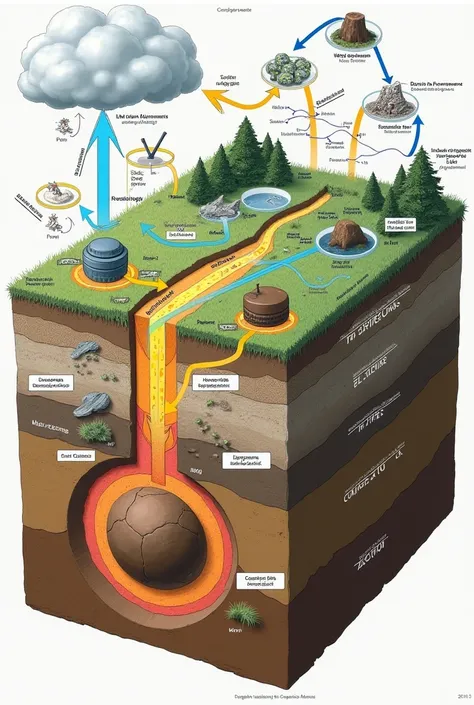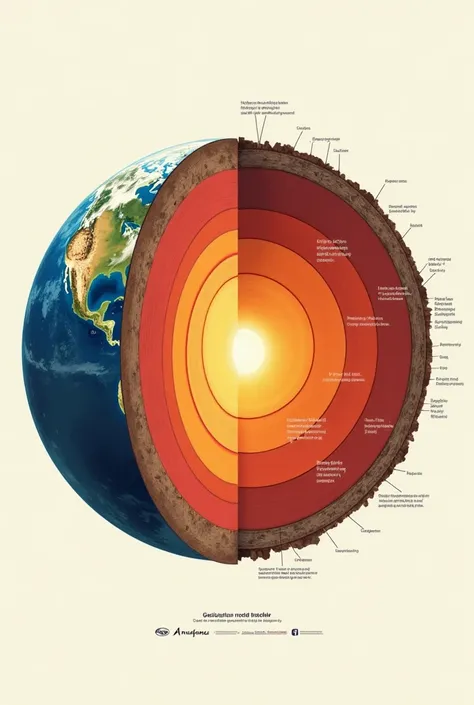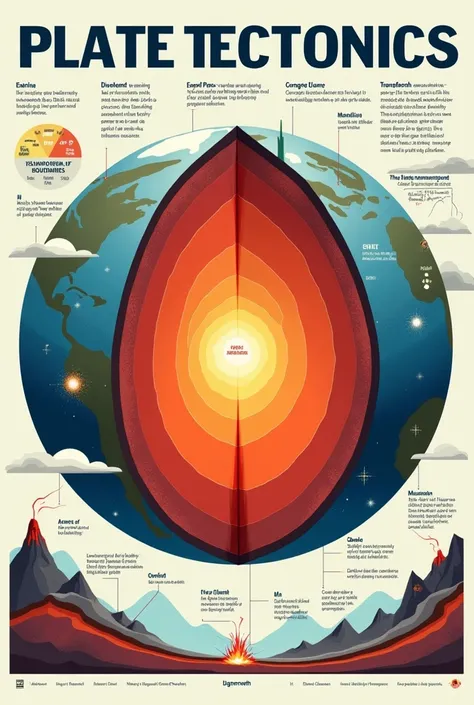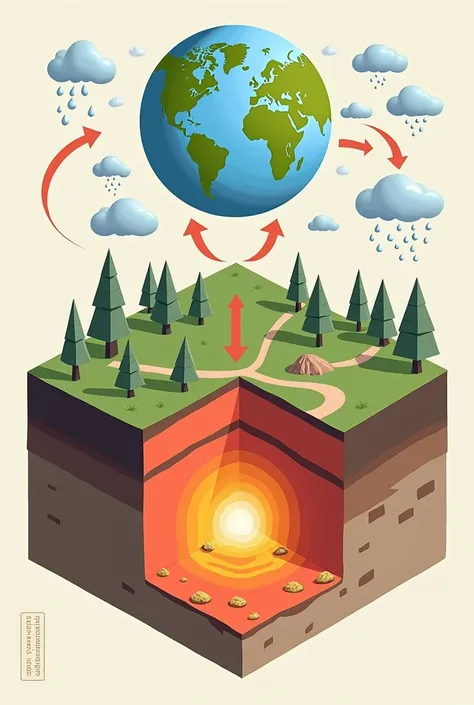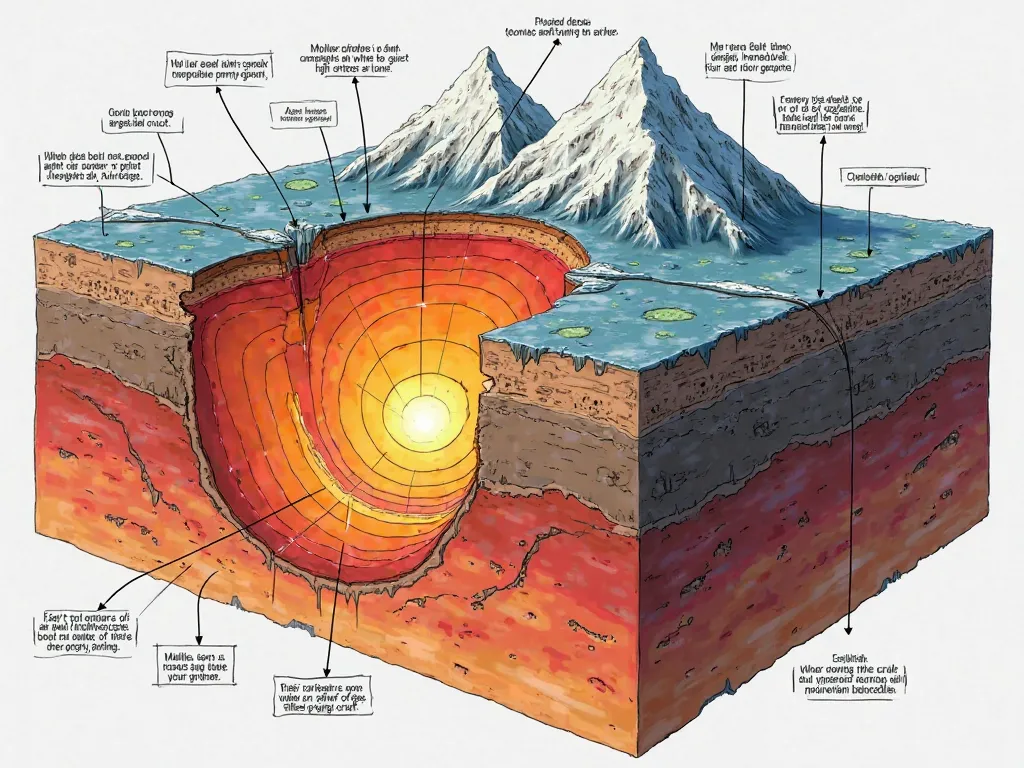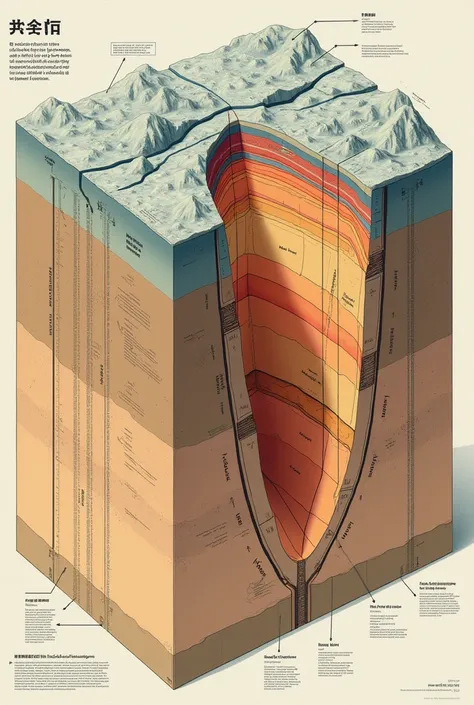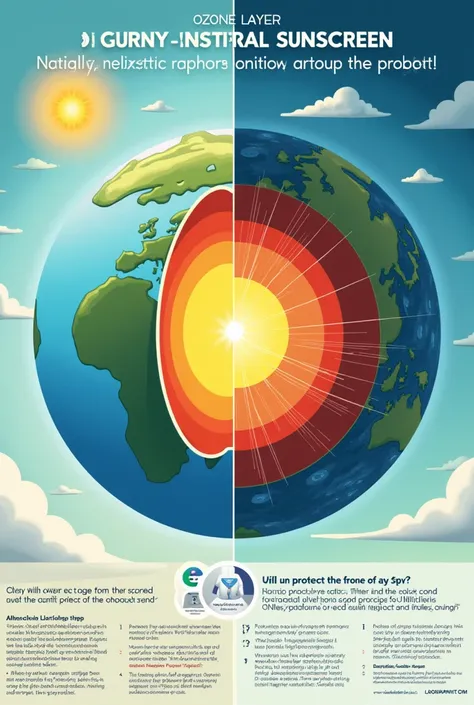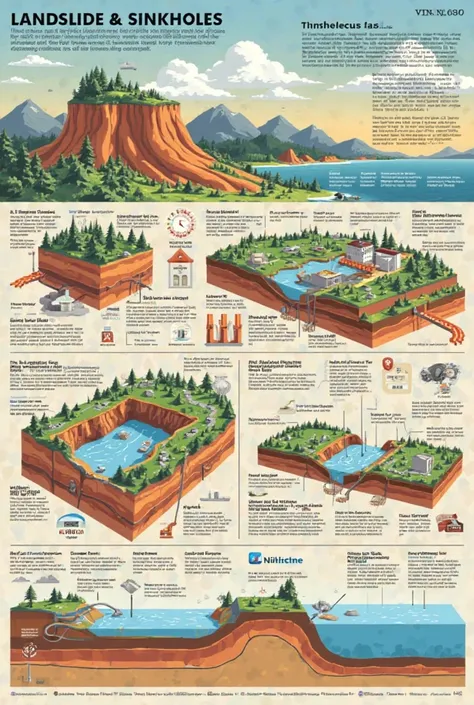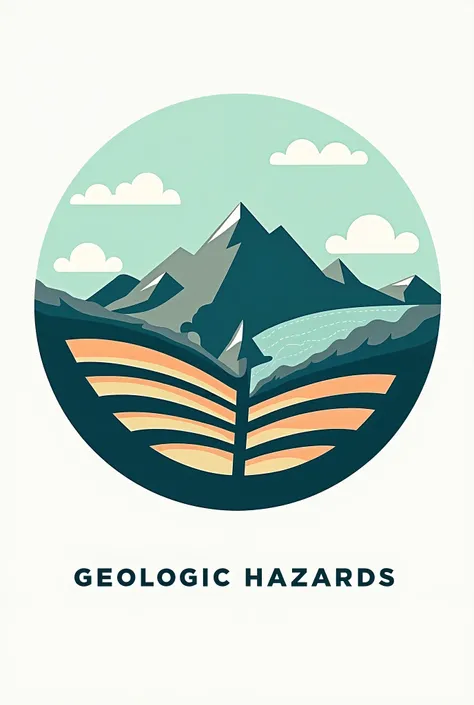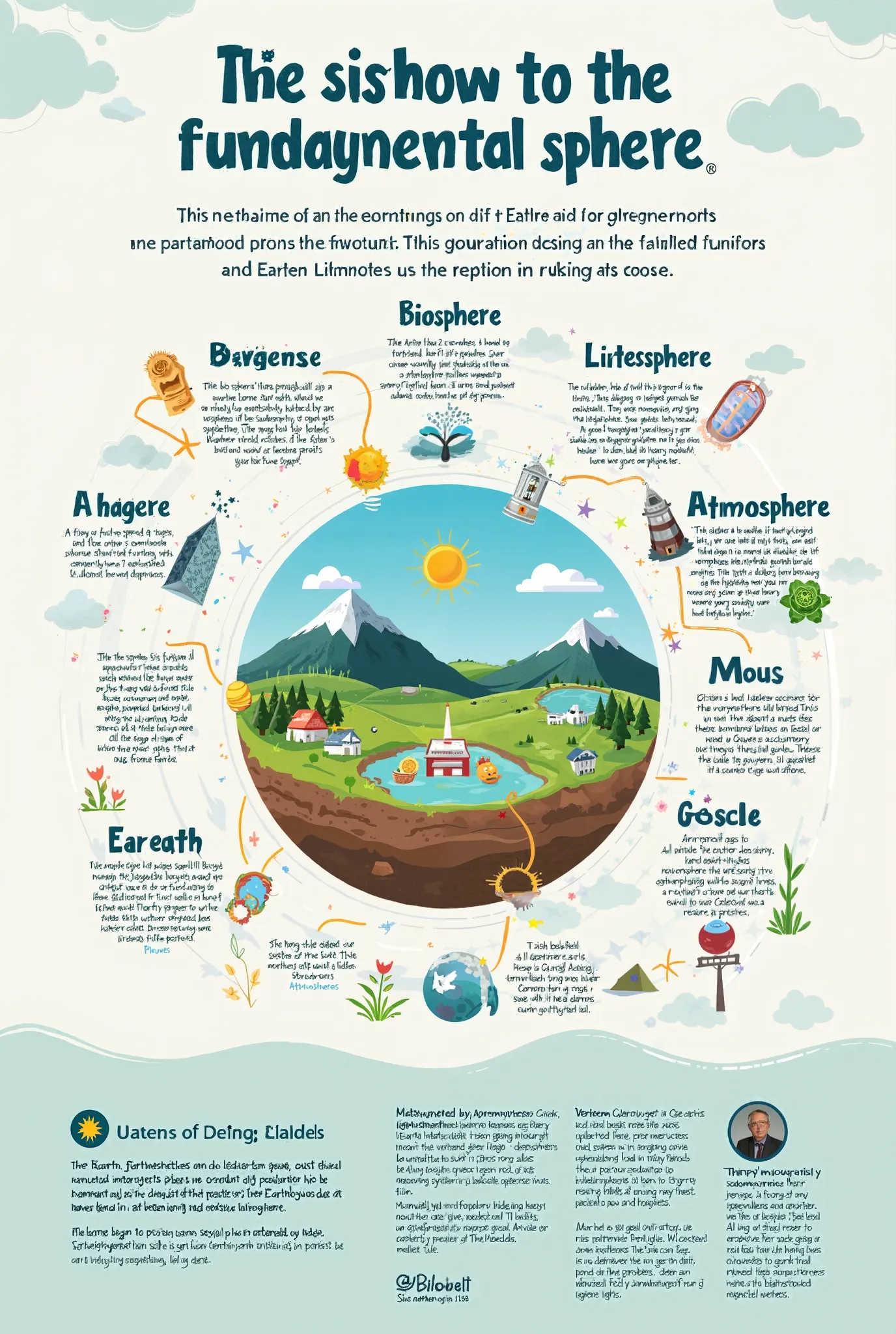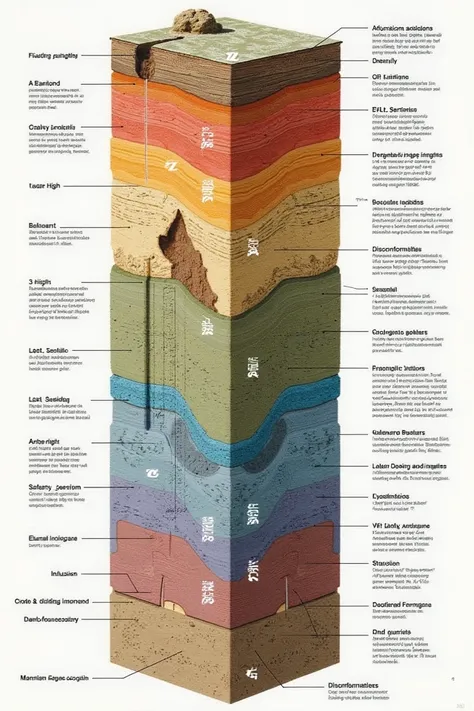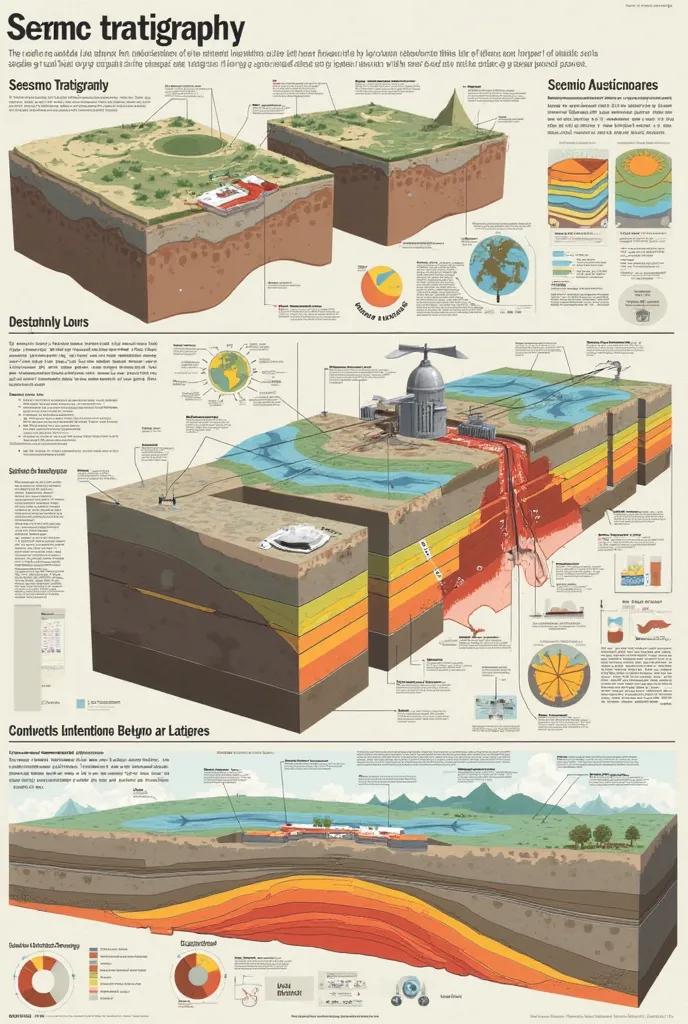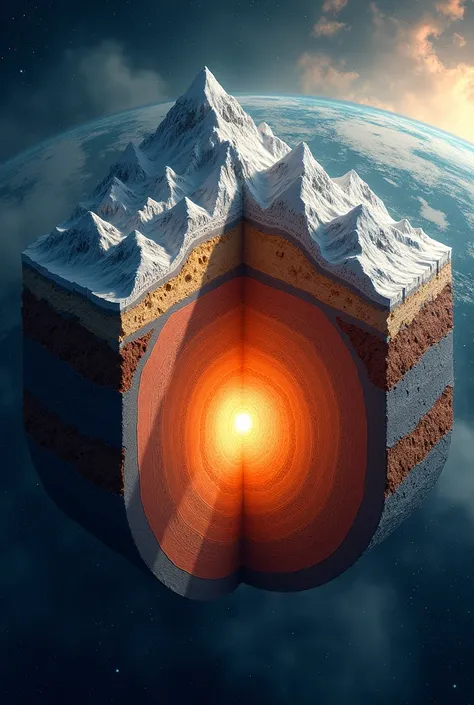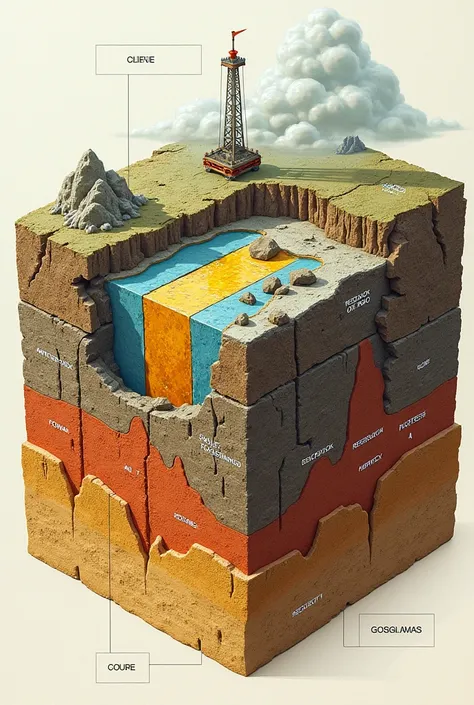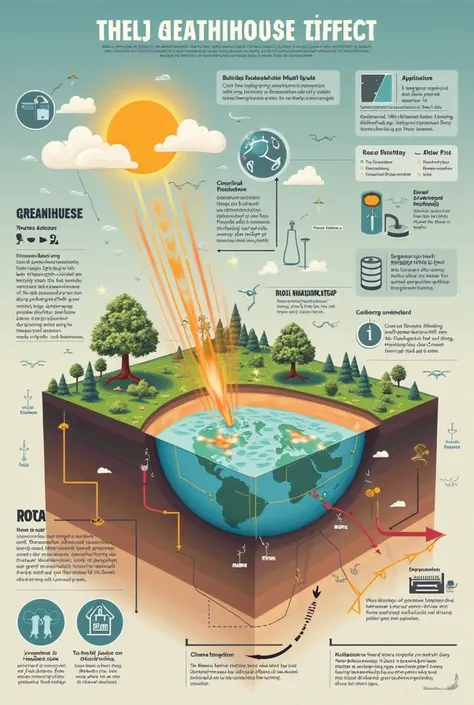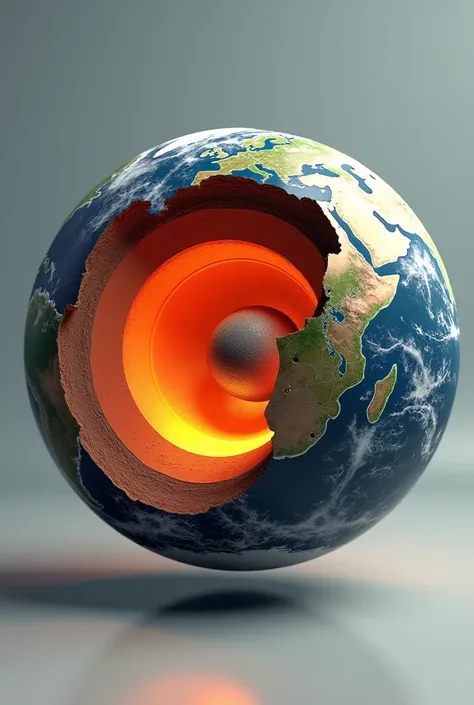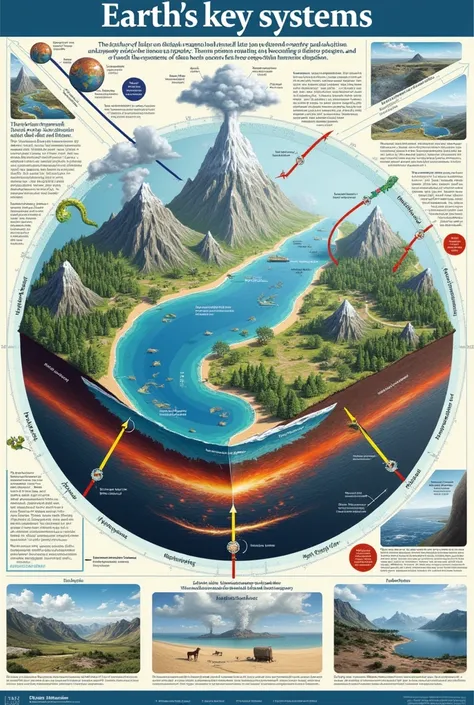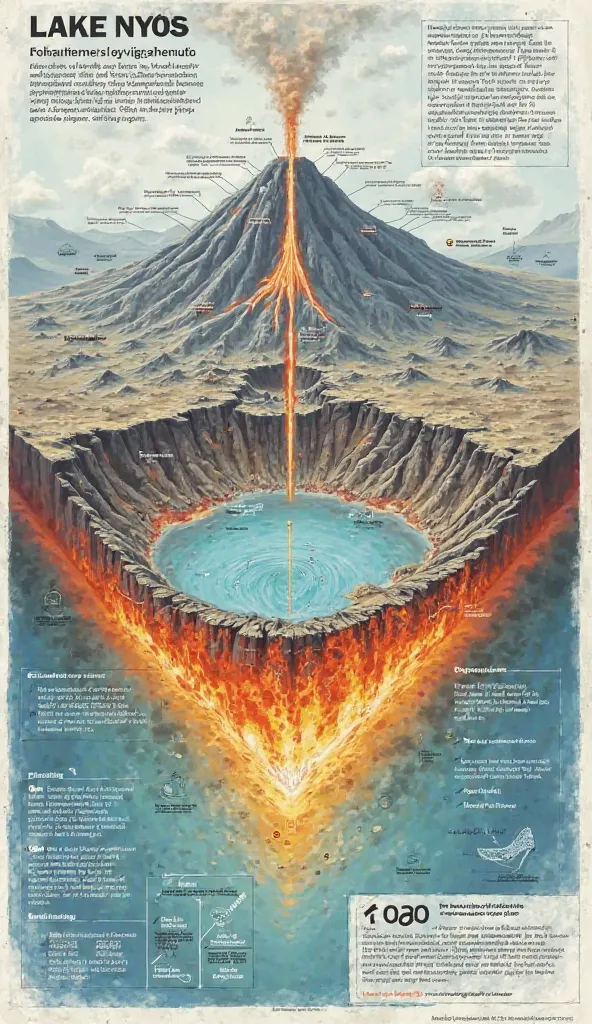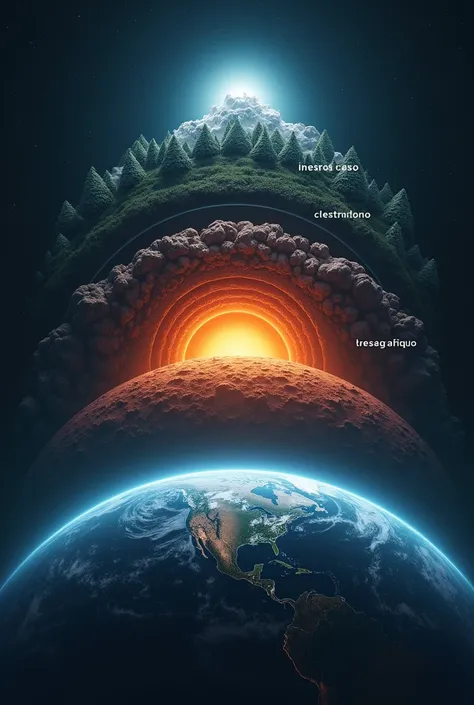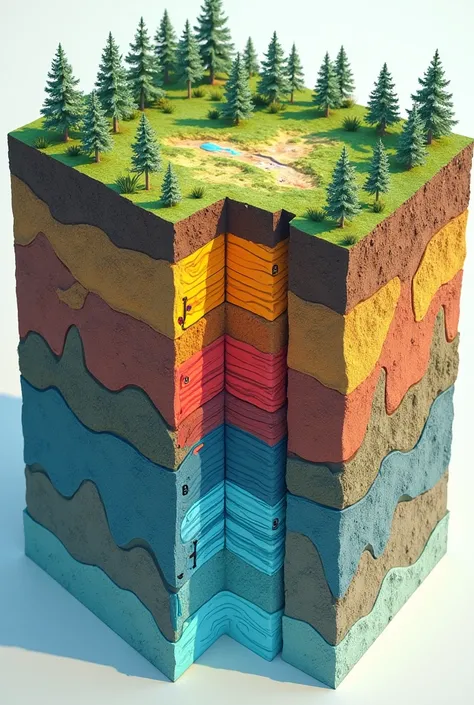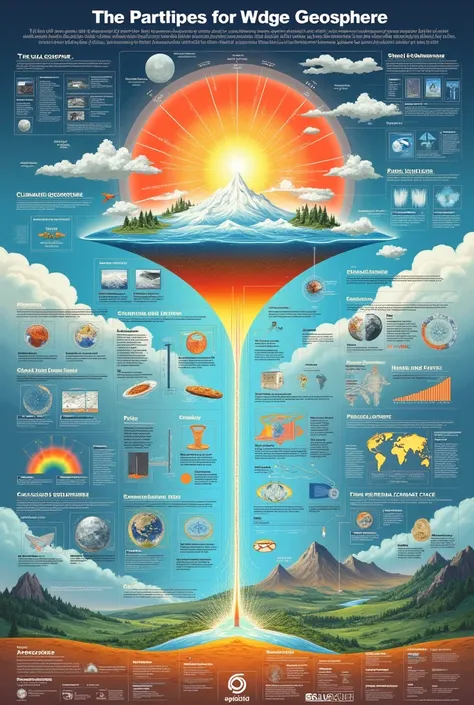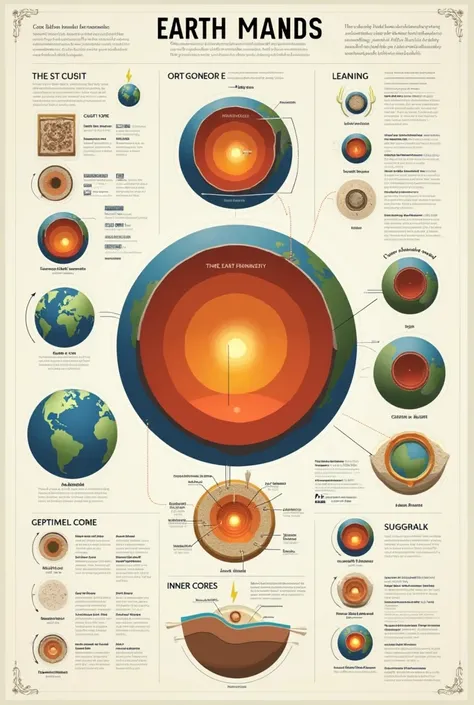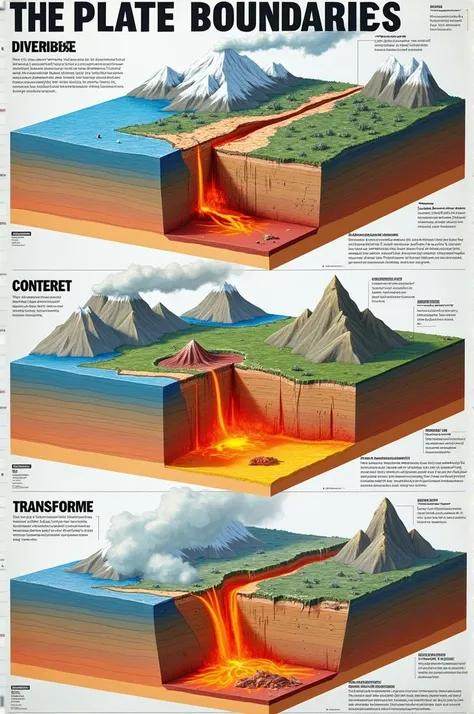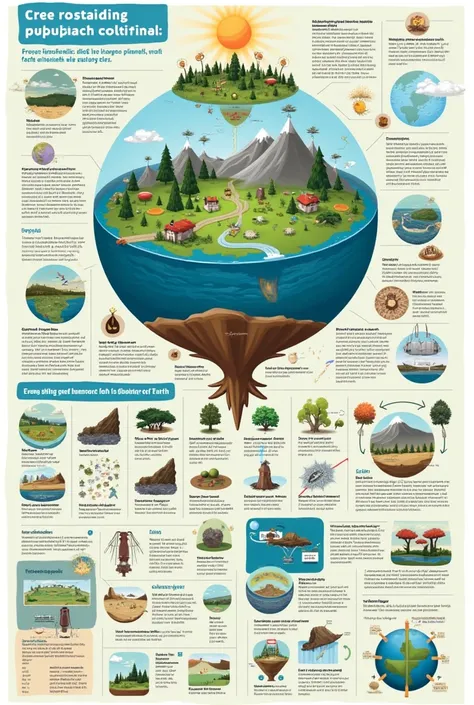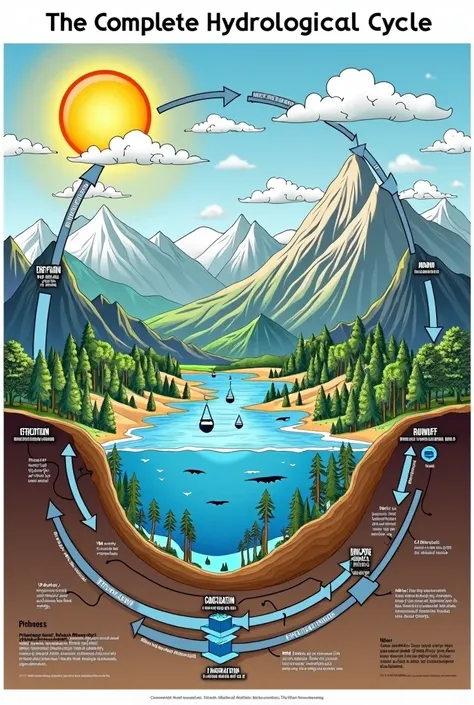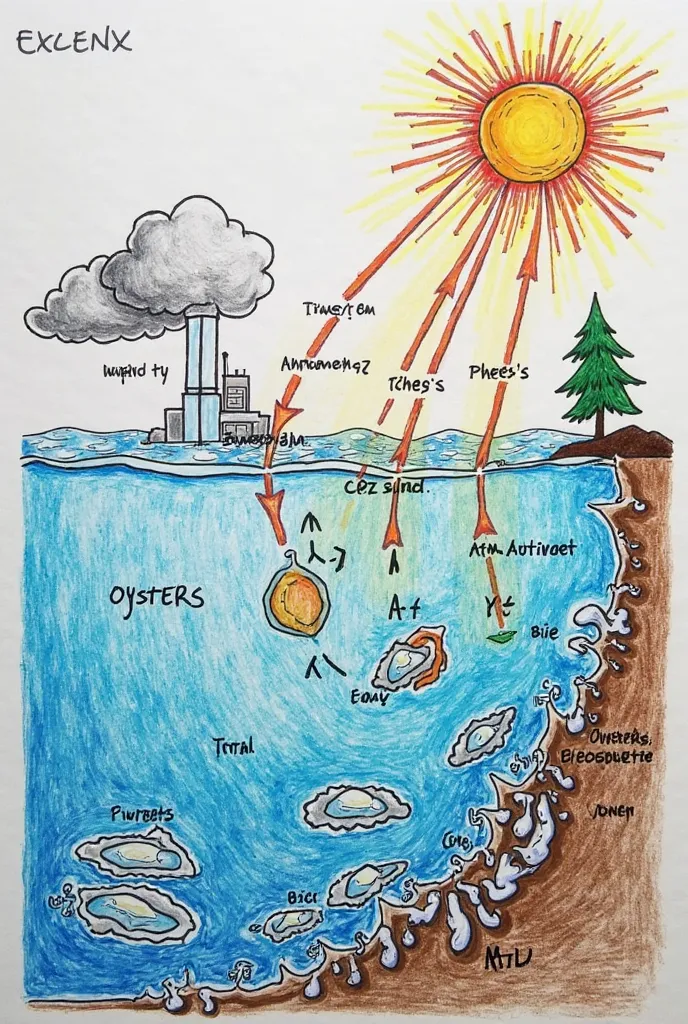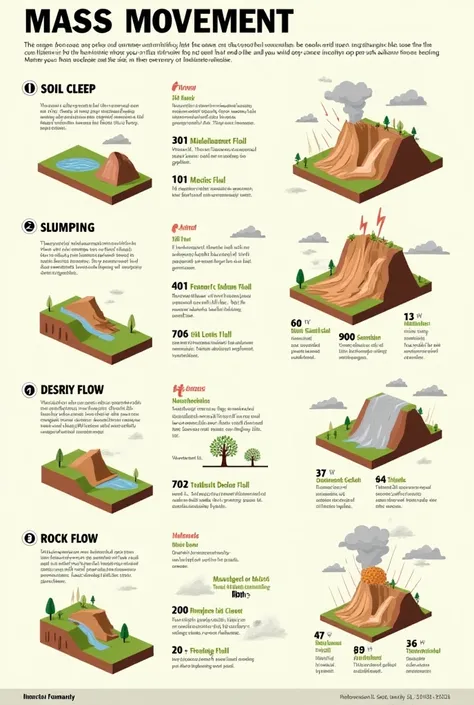Illustrate this, make this easy to draw and color for beginners


illustrate this, make this easy to draw and color for beginners **Title:** "Understanding Plate Tectonics" **Main Sections:** 1. **Introduction to Plate Tectonics** - **Definition**: "Plate tectonics is the scientific theory that explains the movement of Earth's lithospheric plates on the asthenosphere." - **Key Points**: Earth's lithosphere is divided into several large and small plates, which float and move over the semi-fluid asthenosphere beneath them. 2. **Types of Plate Boundaries** - **Divergent Boundaries**: Plates move apart, leading to the formation of new crust (e.g., Mid-Atlantic Ridge). - **Convergent Boundaries**: Plates move towards each other, resulting in subduction zones or mountain formation (e.g., Himalayas). - **Transform Boundaries**: Plates slide past each other, causing earthquakes (e.g., San Andreas Fault). 3. **Major Plates of the Earth** - **Illustration**: A world map showing major tectonic plates such as the Pacific Plate, North American Plate, Eurasian Plate, etc. - **Labels**: Highlight the names of the major plates. 4. **The Driving Forces of Plate Tectonics** - **Mantle Convection**: Hot mantle material rises, cools, and sinks, driving plate movements. - **Ridge Push and Slab Pull**: Forces that help to move the plates apart at divergent boundaries and pull them into subduction zones at convergent boundaries. 5. **Consequences of Plate Movements** - **Earthquakes**: Sudden movements along plate boundaries or faults. - **Volcanoes**: Formation at subduction zones or mid-ocean ridges. - **Mountain Building**: Creation of mountain ranges due to convergent boundaries. 6. **Historical Development of the Theory** - **Alfred Wegener**: Introduced the theory of continental drift in 1912, which evolved into plate tectonics. - **Harry Hess and Seafloor Spreading**: Mid-20th-century discoveries that contributed to the plate tectonics theory. 7. **Real-Life Examples** - **Pacific Ring of Fi
Prompts
Copiar prompts
illustrate this
,
make this easy to draw and color for beginners
**Title:**
"Understanding Plate Tectonics"
**Main Sections:**
1
.
**Introduction to Plate Tectonics**
- **Definition**: "Plate tectonics is the scientific theory that explains the movement of Earth's lithospheric plates on the asthenosphere
.
"
- **Key Points**: Earth's lithosphere is divided into several large and small plates
,
which float and move over the semi-fluid asthenosphere beneath them
.
2
.
**Types of Plate Boundaries**
- **Divergent Boundaries**: Plates move apart
,
leading to the formation of new crust (e
.
g
.,
Mid-Atlantic Ridge)
.
- **Convergent Boundaries**: Plates move towards each other
,
resulting in subduction zones or mountain formation (e
.
g
.,
Himalayas)
.
- **Transform Boundaries**: Plates slide past each other
,
causing earthquakes (e
.
g
.,
San Andreas Fault)
.
3
.
**Major Plates of the Earth**
- **Illustration**: A world map showing major tectonic plates such as the Pacific Plate
,
North American Plate
,
Eurasian Plate
,
etc
.
- **Labels**: Highlight the names of the major plates
.
4
.
**The Driving Forces of Plate Tectonics**
- **Mantle Convection**: Hot mantle material rises
,
cools
,
and sinks
,
driving plate movements
.
- **Ridge Push and Slab Pull**: Forces that help to move the plates apart at divergent boundaries and pull them into subduction zones at convergent boundaries
.
5
.
**Consequences of Plate Movements**
- **Earthquakes**: Sudden movements along plate boundaries or faults
.
- **Volcanoes**: Formation at subduction zones or mid-ocean ridges
.
- **Mountain Building**: Creation of mountain ranges due to convergent boundaries
.
6
.
**Historical Development of the Theory**
- **Alfred Wegener**: Introduced the theory of continental drift in 1912
,
which evolved into plate tectonics
.
- **Harry Hess and Seafloor Spreading**: Mid-20th-century discoveries that contributed to the plate tectonics theory
.
7
.
**Real-Life Examples**
- **Pacific Ring of Fi
INFO
Checkpoint & LoRA

Checkpoint
SeaArt Infinity
#Dibujos animados
#SeaArt Infinity
0 comentario(s)
0
0
0









